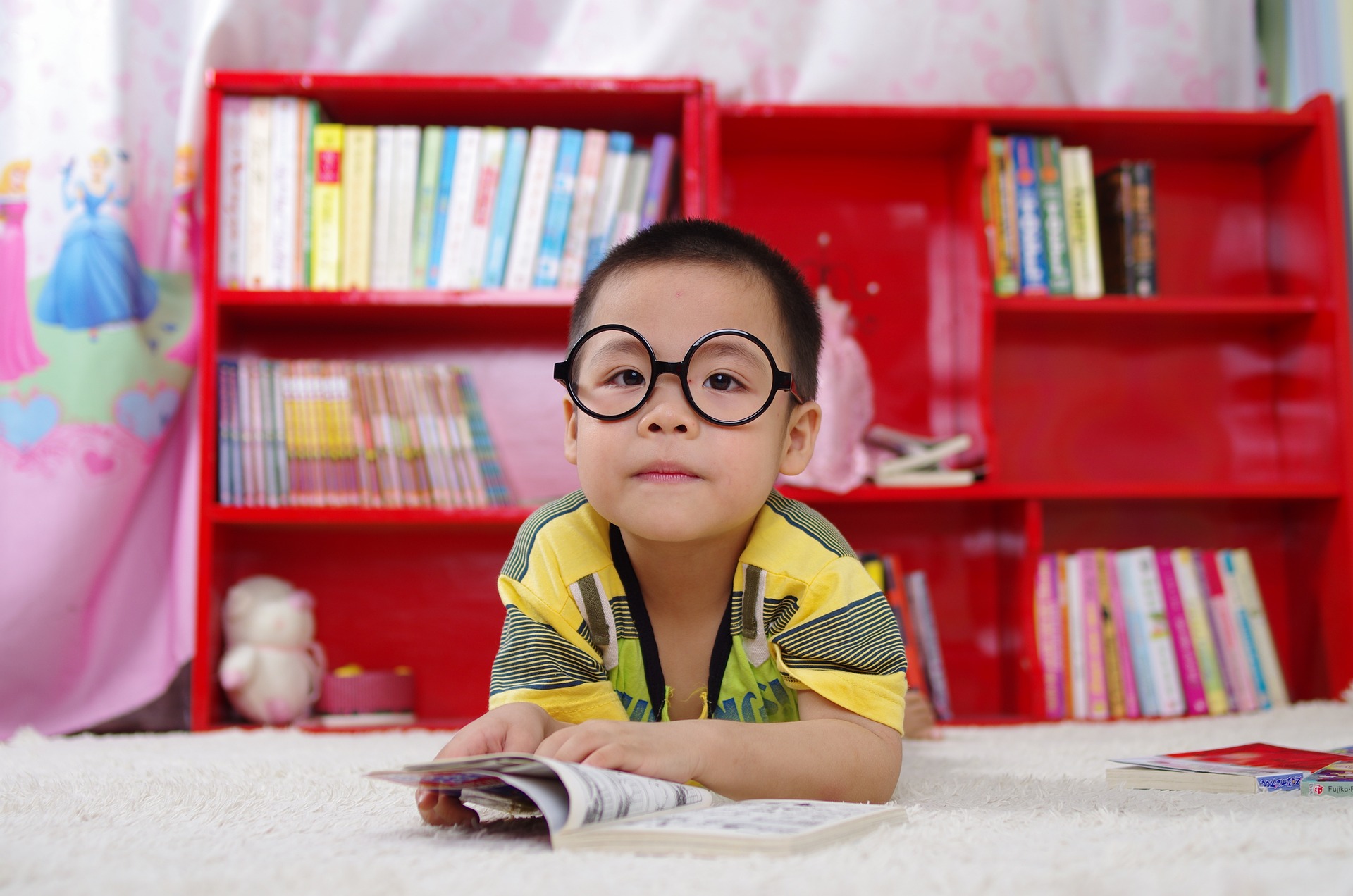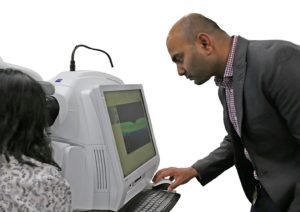
Near-sightedness or myopia is projected to affect half of the world’s population by 2050, and it’s on the rise among children who increasingly spend time indoors away from sunlight and on screens.
Poor sleep may also be a detrimental side-effect of myopia, emphasising the need for testing and better management of the condition from an early age, according to a new study led by experts at Flinders University.

“Our study found myopic children have both lower nocturnal melatonin output and delayed melatonin circadian timing compared to normal-sighted children,” says Flinders University Associate Professor of Optometry Ranjay Chakraborty, who leads the Myopia and Visual Development Lab at the College of Nursing and Health Sciences.
“We also observed delays in short-sighted children’s sleep and wake-up time as well as poor and reduced sleep among this myopic group.”
The study looked at differences in melatonin timing and output, sleep characteristics and cognitive function in 26 myopic and 14 non-myopic children aged between 8 and 15 years.
Good sleep is beneficial for a child’s eye development and exposure to daylight is connected to melatonin, dopamine and other regulators which can help circadian patterns.








